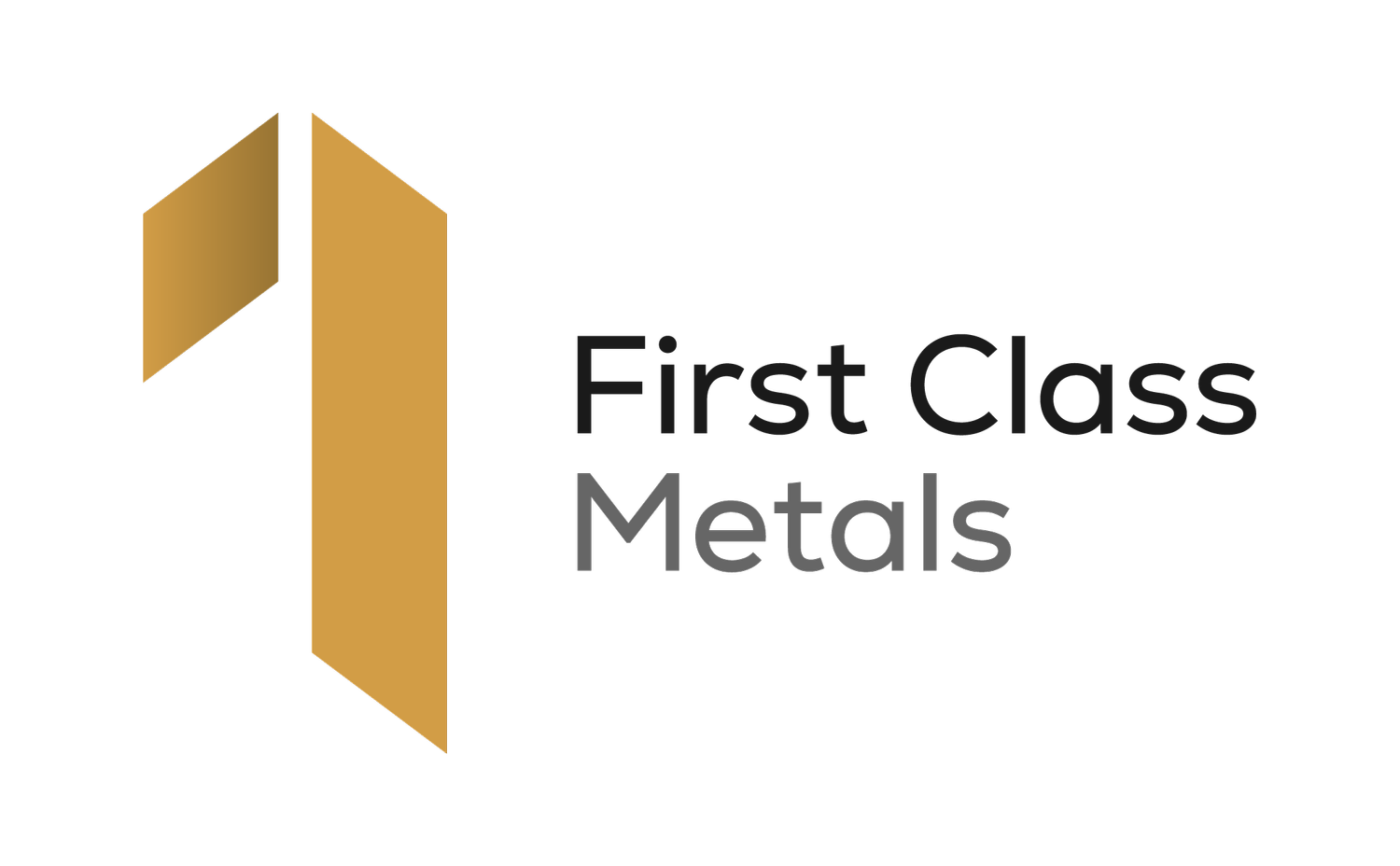Why impressive gallium grades could add another layer of value at Zigzag…
You might not have heard much about gallium before.
I’ll certainly admit to not being completely au fait with it until recently.
But I’d like to talk to you about it today.
I think you’ll find it pretty exciting.
You see, gallium isn’t discussed nearly as much as some of the other metals we’re exploring for. The likes of copper, lithium, and gold, for example.
Yet there remains a strong argument to be made that it is of equal importance in a number of critical areas.
Following our recent, successful sampling campaign at Zigzag, it’s certainly set to become a key part of the First Class Metals portfolio.
So, with this in mind, let’s take a look at the metal in more detail…
An overlooked metal
Like many others, gallium is a soft, silvery metal.
What makes it particularly unique, though, is its low melting point. Although it remains solid at room temperature, gallium turns to a liquid at around 30 degrees celsius.
Great. So, what’s so good about that?
You’d hardly be ecstatic if your hammer melted in your hand when you were banging a nail. Nor would you be impressed if your keys disintegrated when you unlocked your front door.
Well, that’s fair.
But it turns out, the ease with which gallium can “wet” actually makes it extremely useful when it comes to alloying with other metals – notably aluminium.
This, in turn, makes it highly valuable in electronics, where it can form stable alloys without causing structural damage.
Indeed, gallium’s ability to produce reliable and efficient connections has made it a mainstay in everything from semiconductors and transistors to LED lights and thermometers.
Its application is growing, too.
Thanks to the global trend towards electrification, it’s thought that the value of the gallium market will grow from US$1.9 billion in 2022… to US$17 billion by the end of 2032.
That’s a compound annual growth rate of 35% through the period.
Supply strain
As you can see, then, the outlook for gallium demand is strong.
But as is so often the case, things become a lot more complicated when it actually comes to meeting this demand.
Fortunately, this is where things stand to become particularly exciting for First Class Metals.
Unlike many metals, which are produced through primary production, gallium is primarily extracted as a by-product of aluminium and zinc production.
However, because of this secondary production, an enormous amount of processing is required before an end product is produced.
Where does this take place? You guessed it – China.
In fact, the nation is responsible for around 80% of the world’s gallium production.
This in and of itself is not, of course, a problem. But there are two factors to consider here when looking to the future supply of this metal in particular.
First-of-all, more and more nations are looking to reduce their reliance on China when it comes to sourcing critical metals by boosting domestic and allied supply chains.
Second-of-all, as if to confirm the validity of this first factor, China recently banned the export of gallium (along with another important metal called germanium) entirely.
We don’t, obviously, know how long this ban will last. Nor do we know what the implications will be in full.
What we do know, though, is that the value of gallium deposits in alternative jurisdictions likely just got a whole lot higher.
Indeed, we’ve already seen reports that European companies are exploring ways to replace gallium supply put at risk by China’s export curbs, and it’s likely that a similar situation is taking place in North America.
This is where we could step in.
Zigzag’s gallium potential
As we reported last month, we were excited to see a large number of samples taken from our first phase of exploration at Zigzag present grades of more than 1% lithium.
This further supports our confidence in the property’s potential for hosting a significant lithium deposit moving forward.
What perhaps slipped under the radar a little, however, was the fact that many of our samples also contained gallium.
And at grades rivalling projects around the world that do develop the metal on a standalone basis, to boot.
Table 1, showing elevated gallium levels at Zigzag
It remains to be seen, of course, what these promising, early signs develop into.
But I find the possibility that Zigzag could be a prospective source of not just lithium but also gallium – another metal with favourable forecast supply/demand dynamics – very exciting.
Should we be able to prove the economic presence of gallium, then the project could be of great interest to a wide range of miners with customers in the electronics industry.
That is exactly the sort of potential value driver we are looking for at First Class Metals.
We will continue to investigate this potential moving forward, and I will update you when I can.
For now, though, I’m going to be adding gallium to my watchlist and keeping a close eye on how it is impacted by the situation in China as it develops.

